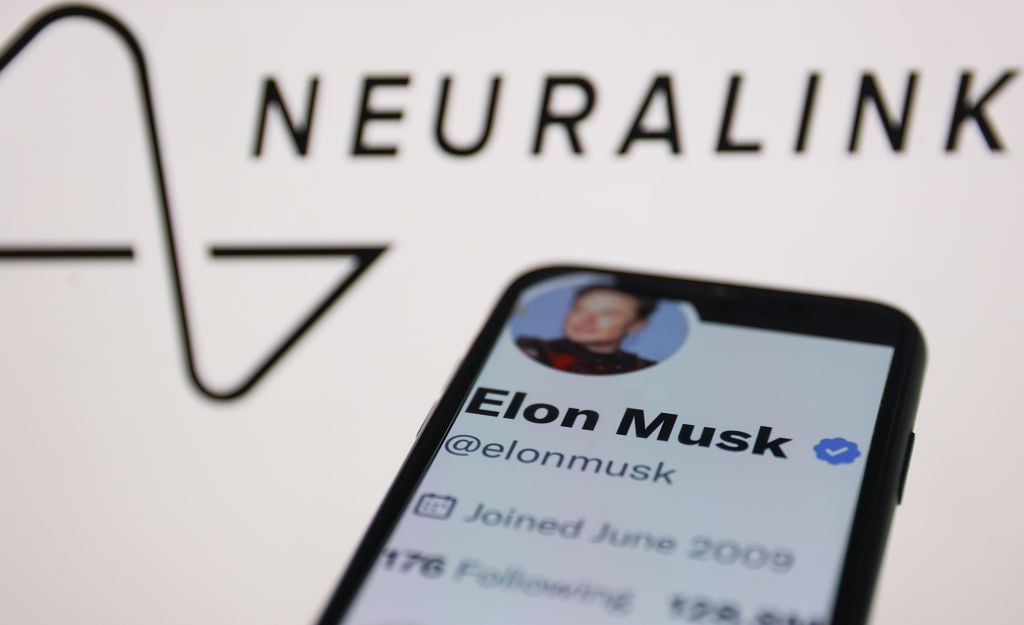Are Tech Nerds Designing Us Out of the Driver's Seat? The Frustrating Rise of Overly Complicated Car Tech
Let's face it: modern technology is supposed to make our lives easier, right? But increasingly, it feels like manufacturers are prioritizing sleek design and clever features over basic usability. Nowhere is this more apparent than in the rental car industry, and increasingly, in our own vehicles.
Columnist Josh Freed recently highlighted a particularly infuriating example: the gas tank release hidden within the infotainment system's touchscreen menu. Seriously? In a world where we're constantly bombarded with warnings about distracted driving, burying a crucial function like refueling deep within a digital interface seems utterly counterproductive and dangerously obtuse.
This isn't just about rental cars. It's a pervasive trend across countless devices. From smartphones to thermostats, everything is being designed with an almost obsessive focus on aesthetics and 'smart' features, often at the expense of common sense and user-friendliness. It's as if the designers – the 'tech nerds,' as Freed puts it – are so enamoured with their creations that they forget that the rest of us just want things to *work* without needing a PhD in engineering.
Think about it: how many times have you struggled to figure out a new appliance, a smart home device, or even a simple remote control? The instructions are often convoluted, the interfaces are confusing, and the overall experience leaves you feeling more frustrated than empowered.
The Problem with 'Smart' Design
The core issue isn't necessarily the technology itself. It’s the mindset behind the design. There's a tendency to equate complexity with sophistication. The more buttons, menus, and layers of functionality, the 'better' the device is perceived to be. But this approach ignores a fundamental truth: most people don't want a device that requires constant learning and experimentation. They want something intuitive, reliable, and easy to use.
This obsession with 'smart' design also creates a barrier to entry for older generations and those less familiar with technology. It reinforces the feeling that technology is inherently exclusive, something only accessible to a select few who are 'tech-savvy.'
What Can Be Done?
The solution isn't to abandon technological innovation. It's to prioritize user-centered design. Designers need to step back and ask themselves: 'Is this feature truly enhancing the user experience, or is it just adding unnecessary complexity?' They need to consider the needs and abilities of a diverse range of users, not just the early adopters and tech enthusiasts.
Manufacturers also need to be more transparent about the design process. Providing clear, concise instructions and offering readily available support can go a long way in mitigating user frustration. And, crucially, they need to be willing to prioritize usability over aesthetics when those two goals conflict.
Ultimately, technology should serve humanity, not the other way around. Let's demand designs that empower us, not alienate us. Let's push back against the trend of overly complicated gadgets and advocate for a return to simple, intuitive, and user-friendly technology. Because right now, it feels like we’re being designed out of the driver’s seat.






